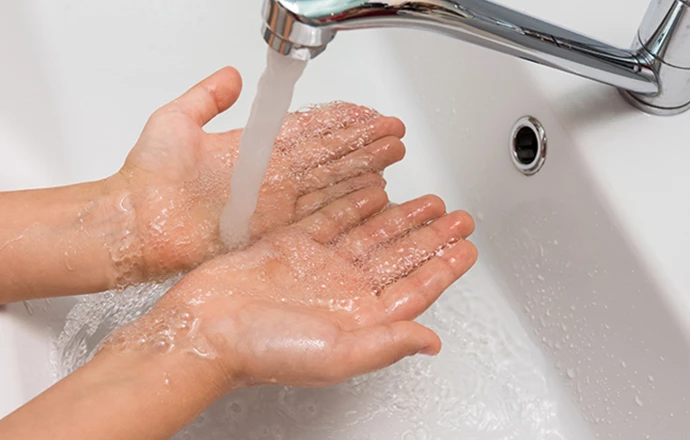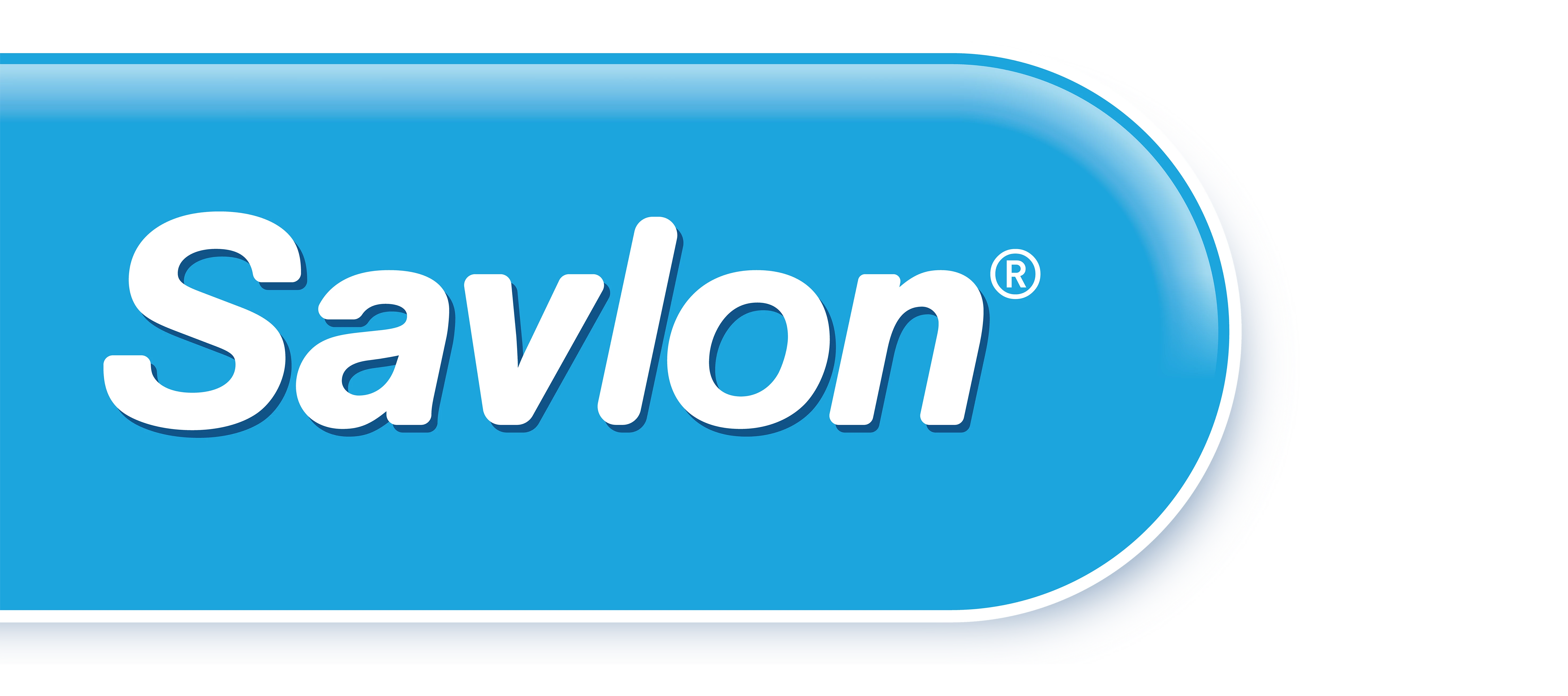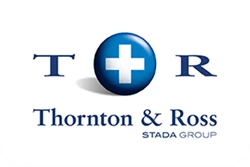Burns: Prevention & Treatment Advice for Parents
Burns are one of the commonest injuries to young children, particularly those between eight and 18 months of age. As they are still getting to grips with mobility, they may not understand everyday household hazards. Hot drinks are the most common cause of burns, with 50,000 UKbabies and toddlers requiring hospital treatment each year. Thankfully, burns are largely preventable and you can minimise the damage by responding quickly.

Preventing burns
As hot drinks are one of the biggest causes of burns, you can keep your children safe by keeping an eye on teas, coffees and soups. Make sure the kettle is out of reach and always stand close by when heating water. Once you’ve served your drinks, you should keep them out of children’s reach – avoid low tables or surfaces that children could run into and potentially spill the drink. Hot drinks can scald a child up to 15 minutes after they’ve been poured, so remain vigilant.
Heat baby bottles in hot water rather than a microwave, as this can heat liquids unevenly. Just as you would with the bathwater, check the temperature with your wrist – it should be warm, not hot. While cooking, teach your children to respect the ‘no-go zone’ and try to use back burners only, with handles pointed away.

Remember Cool, Call, Cover
In the event of a burn, you should run the wound under the cold tap for a minimum of 20 minutes. Make sure you warn older children not to apply ice – this could damage the skin and make your child feel worse.
If the burn is larger than a 50 pence piece, you should call for medical help. In an emergency, dial 999, otherwise you can call your GP surgery or NHS 111 for non-emergency medical supervision. You should also cover the burn with cling film. Make sure you do not use anything fluffy such as cotton wool to tend to the burn. You should also avoid applying scented creams or lotions.

Minimising burn damage
The first few minutes after a burn are essential. You need to do everything you can to cool the burn down. If your child is wearing clothing covering the burn, make sure you remove this, as clothing can retain heat.
You should also keep your child warm while cooling a burn. You can use blankets to keep the rest of your child warm while you’re running the burn underneath the cold tap. In some cases, it may be easier to use a cold shower – but make sure the rest of your child’s body is covered. Your child may be experiencing shock, so it’s important to keep him or her calm and warm.
If the burn has led to blisters, do not touch them, as this can lead to infection. Your doctor can advise you on how best to deal with blisters.

Healing the burn
Superficial burns that affect the uppermost layer of the skin take around a week to heal. Avoid applying scented cosmetic creams or lotions while the burn is healing. Savlon Antiseptic Cream can be applied to help cleanse and prevent infection. You can keep the area clean with cool water.
If the burn has affected the inside of the mouth, avoid feeding your child hot or spicy foods for a few days afterwards. Pay special attention to your child’s condition for the next two weeks. Seek medical attention if the wound becomes painful or has an unpleasant odour or if your child develops a temperature.
Most household burns are superficial and will heal within two weeks, but certain burns, such as electrical burns, will always need medical attention. Make sure your children are aware of the dangers in the home to keep them safe.
Quiz time for parents
What are the three Cs for treating burns?
Congratulations
You've now learnt all about burns and how to treat them - you're ready to move on to 'Choking'!

